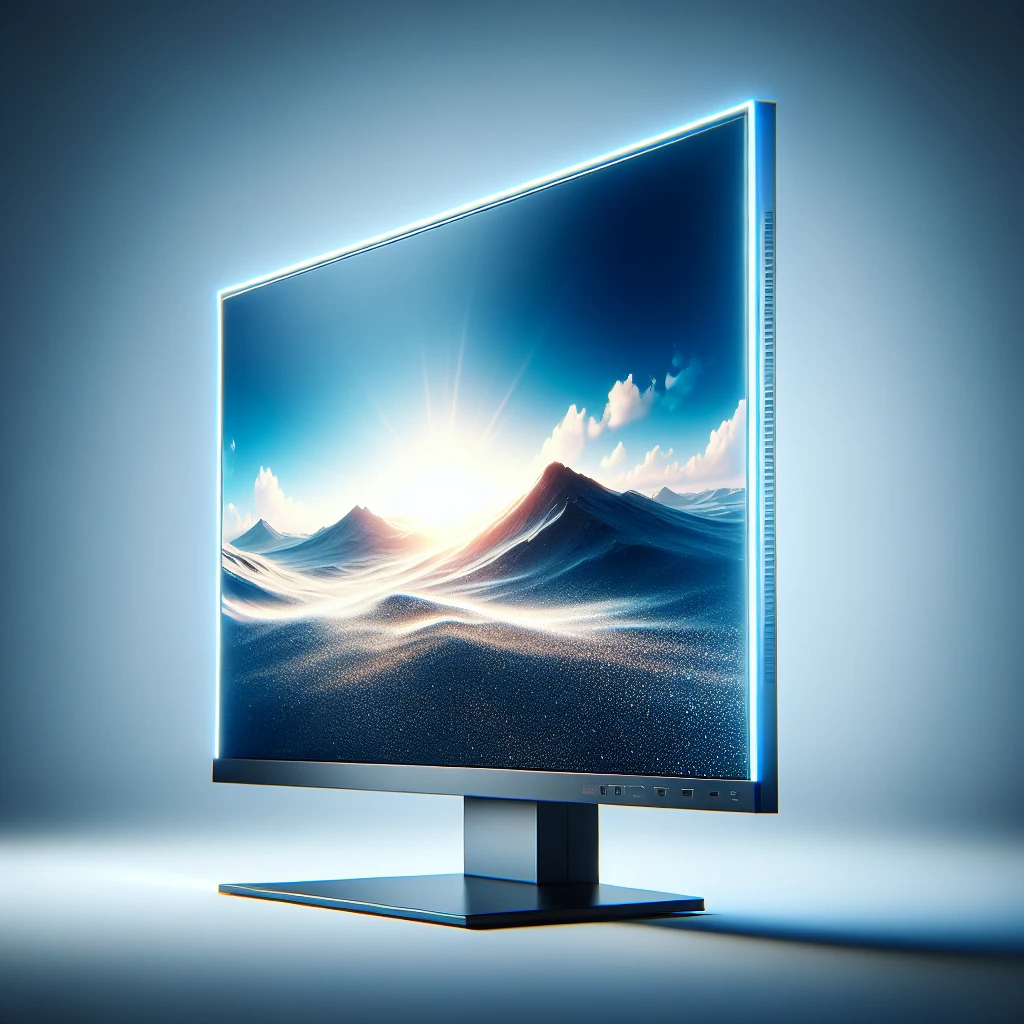Introduction to Edge-Lit LED Monitors
In the evolving world of display technology, edge-lit LED monitors have carved a significant niche. These monitors are known for their slim profiles and energy efficiency. Understanding what an edge-lit LED monitor is, its benefits, and its potential drawbacks is essential for making an informed buying decision.
Understanding Edge-Lit LED Technology
An edge-lit LED monitor features light-emitting diodes (LEDs) positioned along the edges of the screen. These LEDs direct light across the screen using a light guide plate (LGP), creating the image viewers see. This configuration differs significantly from other LED technologies, such as full-array or direct-lit, where LEDs are distributed evenly behind the screen.
Table: Comparison of LED Backlight Technologies
| Feature | Edge-Lit LED | Direct-Lit LED | Full-Array LED |
|---|---|---|---|
| LED Placement | Edges of the screen | Evenly behind the screen | Zones across the entire screen |
| Thickness | Thin profiles | Thicker designs | Variable thickness |
| Cost | Generally lower | Moderate | Higher |
| Picture Quality | Good | Very good | Excellent, with local dimming |
| Energy Efficiency | High | Moderate | Variable |
Advantages of Edge-Lit LED Monitors
Edge-lit LED monitors come with a host of benefits that appeal to various users, whether for gaming, professional work, or general use:
- Energy Efficiency: Due to their design, edge-lit LED monitors consume less power compared to traditional LCD monitors.
- Slim Design: One of the most noticeable features is their slim and sleek design, which makes them aesthetically pleasing and easy to fit in tight spaces.
- Lower Production Costs: Typically, edge-lit LEDs are less expensive to produce, making them more affordable for consumers.
Disadvantages of Edge-Lit LED Monitors
Despite their numerous advantages, edge-lit LED monitors have some limitations:
- Uneven Lighting: One of the common issues is uneven brightness, particularly at the edges, which can affect the viewing experience.
- Limited Local Dimming: Unlike full-array LEDs, edge-lit monitors often struggle with precise local dimming, leading to less contrast in dark scenes.
Edge-Lit LED vs. Other Types of Monitors
When comparing edge-lit LED monitors to other types such as direct-lit or full-array LEDs, several factors come into play:
Picture Quality
While edge-lit monitors offer good picture quality, full-array and direct-lit LEDs typically provide superior local dimming and contrast. This makes them better choices for viewing HDR content or in environments where high visual fidelity is required.
Cost
Edge-lit monitors generally come at a lower cost due to their simpler manufacturing process. For those on a budget, edge-lit LEDs provide a cost-effective solution without greatly compromising on quality.
Thickness
The thin profile of edge-lit monitors is a significant advantage, especially for those needing a sleek design for modern interiors or limited space setups. Conversely, direct-lit and full-array LEDs are thicker due to the placement of LEDs behind the screen.
Conclusion
Edge-lit LED monitors offer a mix of benefits and drawbacks, making them suitable for various applications. Their energy efficiency, slim design, and affordability make them attractive for many users. However, potential buyers should be aware of the limitations in lighting and contrast. By weighing these factors against their specific needs, consumers can make well-informed decisions on whether an edge-lit LED monitor is the right choice for them.
